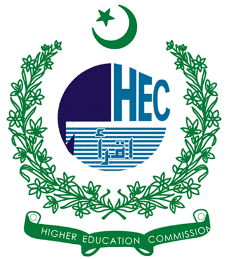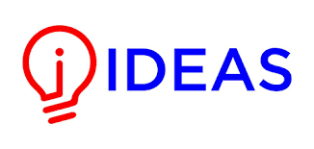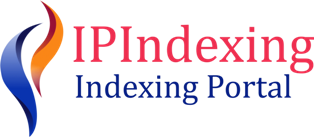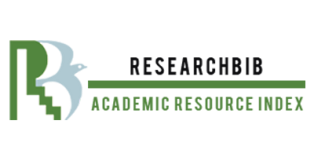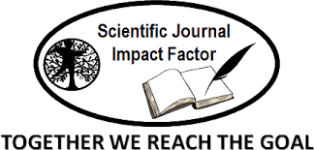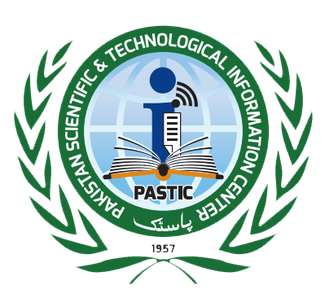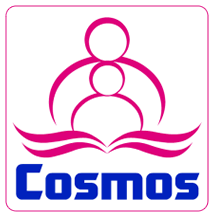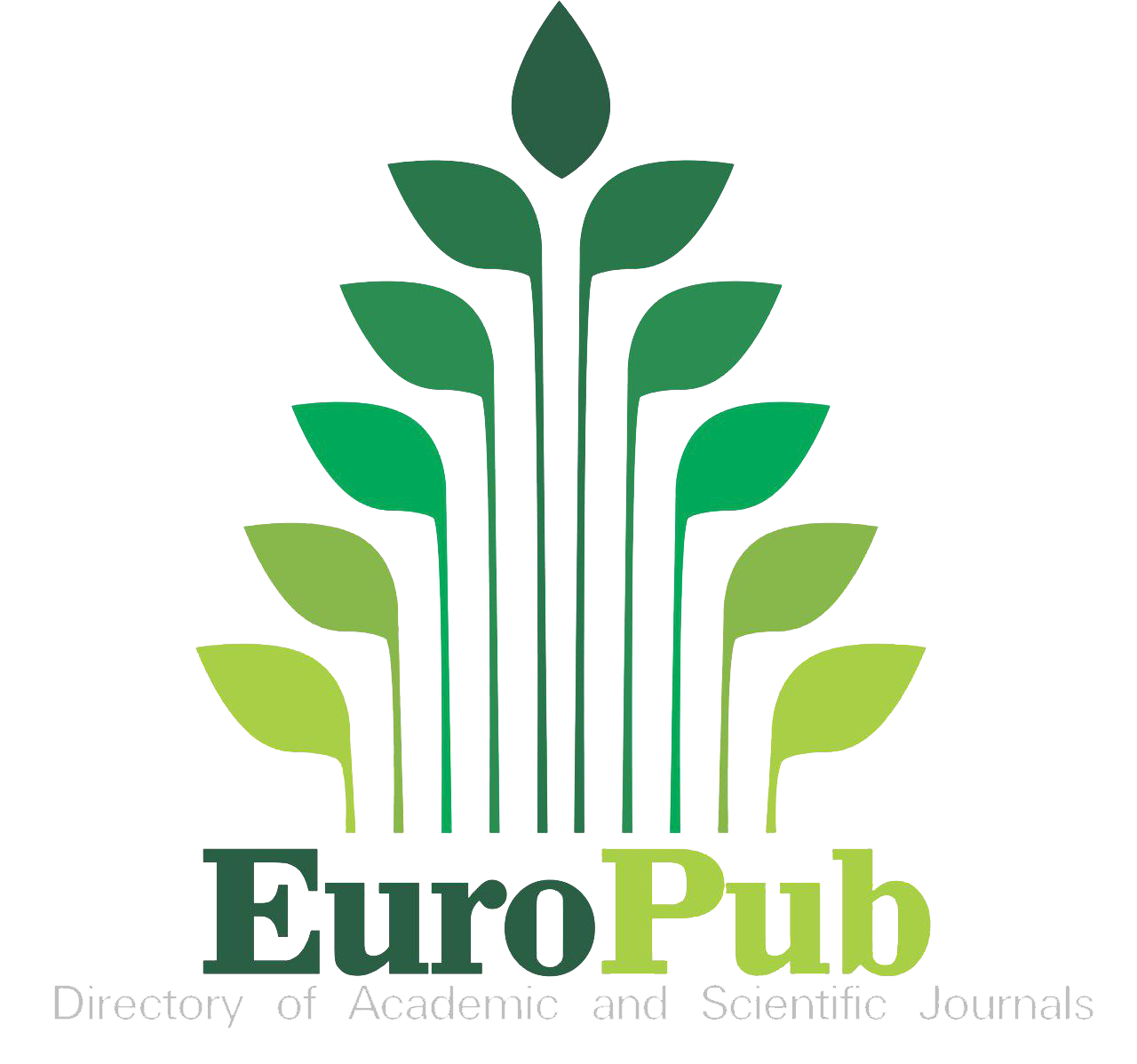Improving Software Requirements Elicitation in Agile Environment
Keywords:
Requirement, Software Development, Agile, Elicitation, Software IndustryAbstract
Requirement elicitation plays an important role during the software development life cycle. The selection of an improper requirement elicitation method will affect the quality of developed software. Agile methodologies are popular in the industry and follow an incremental approach to developing software. Agile methodologies value customer needs, interaction among teams, interaction with customers, and change management. Researchers proposed methods for requirement elicitation in agile software development. This research aims to investigate the issues faced during requirement elicitation in agile software development. We will identify the method that motivates the requirements elicitation in agile software development to meet our objective. After identifying the literature, a systematic literature review will be performed. An introductory overview, publications trends and values, strengths, and limitations will be highlighted. Based on the identified limitations, we will propose a new requirement elicitation method useful in agile software development. To evaluate the results, two teams of equal expertise were given the same project to develop. One of the teams developed using the proposed framework, and the other one did without using the proposed framework. Then, both of them were given the survey they filled out and gave their input on the requirement elicitation parameters, and the results were compared and validated using a t-test and reliability analysis.
References
M. S. F. Baharom, “Current Practices and Required Knowledge of Non-Functional Requirements Elicitation in Agile Context: Key Results of an Empirical Study,” ECTI Trans. Comput. Inf. Technol., vol. 18, no. 3, pp. 356–370, 2024, [Online]. Available: https://ph01.tci-thaijo.org/index.php/ecticit/issue/view/17508
R. Á. P. F. H. Martins, A. Junior, E. Canedo, R. A. Dias Kosloski, “Design Thinking: Challenges for Software Requirements Elicitation,” Information, vol. 10, no. 12, p. 371, 2019, doi: https://doi.org/10.3390/info10120371.
M. Neumann, Y. Bogdanov, M. Lier, and L. Baumann, “The Sars-Cov-2 Pandemic and Agile Methodologies in Software Development: A Multiple Case Study in Germany,” Lect. Notes Bus. Inf. Process., vol. 408, pp. 40–58, 2021, doi: 10.1007/978-3-030-67084-9_3.
M. S. S. S. Santos, T. Pimentel, F. G. Rocha, “Using Behavior-Driven Development (BDD) for Non-Functional Requirements,” Software, vol. 3, no. 3, pp. 271–283, 2024, doi: https://doi.org/10.3390/software3030014.
M. M. V. Siddeshwar, S. Alwidian, “A Systematic Review of AI-Enabled Frameworks in Requirements Elicitation,” IEEE Access, vol. 12, pp. 154310–154336, 2024, doi: 10.1109/ACCESS.2024.3475293.
M. I. N. Rashid, S. U. Khan, H. U. Khan, “Green-Agile Maturity Model: An Evaluation Framework for Global Software Development Vendors,” IEEE Access, vol. 9, pp. 71868–71886, 2021, doi: 10.1109/ACCESS.2021.3079194.
S. O. Alok Mishra, Samia Abdalhamid, Deepti Mishra, “Organizational issues in embracing Agile methods: an empirical assessment,” Int. J. Syst. Assur. Eng. Manag., vol. 12, pp. 1420–1433, 2021, doi: https://doi.org/10.1007/s13198-021-01350-1.
T. A. & M. S. Faiz Akram, “Recommendation systems-based software requirements elicitation process—a systematic literature review,” J. Eng. Appl. Sci., vol. 71, p. 29, 2024, [Online]. Available: https://jeas.springeropen.com/articles/10.1186/s44147-024-00363-4
M. S. M. Hidalgo, F. Yanine, R. Paredes, Jonathan Frez, “What Is the Process? A Metamodel of the Requirements Elicitation Process Derived from a Systematic Literature Review,” Processes, vol. 13, no. 1, p. 20, 2025, doi: https://doi.org/10.3390/pr13010020.
A. Garg, R. Kumar Kaliyar, and A. Goswami, “PDRSD-A systematic review on plan-driven SDLC models for software development,” 8th Int. Conf. Adv. Comput. Commun. Syst. ICACCS 2022, pp. 739–744, 2022, doi: 10.1109/ICACCS54159.2022.9785261.
E. D. Canedo, A. Toffano Seidel Calazans, A. J. Cerqueira, P. H. Teixeira Costa, and E. T. Seidel Masson, “Agile Teams’ Perception in Privacy Requirements Elicitation: LGPD’s compliance in Brazil,” Proc. IEEE Int. Conf. Requir. Eng., pp. 58–69, 2021, doi: 10.1109/RE51729.2021.00013.
I. H. H. et.al, “An Approach for Selecting the Suitable Requirement Elicitation Technique,” Turkish J. Comput. Math. Educ., vol. 12, no. 3, pp. 2083–2087, Apr. 2021, Accessed: Jan. 23, 2025. [Online]. Available: https://turcomat.org/index.php/turkbilmat/article/view/1078
A. H. & J. Z. Sachiko Lim, “Data-Driven Requirements Elicitation: A Systematic Literature Review,” SN Comput. Sci., vol. 2, p. 16, 2021, doi: https://doi.org/10.1007/s42979-020-00416-4.
S. Bouraga, C. Burnay, I. Jureta, and S. Faulkner, “Requirements Elicitation for Applications Running on a Blockchain: Preliminary Results,” Lect. Notes Bus. Inf. Process., vol. 424 LNBIP, pp. 38–46, 2021, doi: 10.1007/978-3-030-79108-7_5.
F. A. Bernanda Devi Yurisca,Dayang N.A. Jawawi, Shahliza Abd Halim, “Natural Language Processing For Requirement Elicitation In University Using Kmeans And Meanshift Algorithm,” Baghdad Sci. J., vol. 21, no. 2, 2024, doi: https://doi.org/10.21123/bsj.2024.9675.
B. Görer and F. B. Aydemir, “RoboREIT: An interactive robotic tutor with instructive feedback component for requirements elicitation interview training,” J. Softw. Evol. Process, vol. 36, no. 5, p. e2608, May 2024, doi: 10.1002/SMR.2608.
H. Saeeda, J. Dong, Y. Wang, and M. A. Abid, “A proposed framework for improved software requirements elicitation process in SCRUM: Implementation by a real-life Norway-based IT project,” J. Softw. Evol. Process, vol. 32, no. 7, p. e2247, Jul. 2020, doi: 10.1002/SMR.2247.
A. S. M. A. Iqbal, “Stakeholder’s Evaluation Process for GSD Based Requirements Elicitation Frameworks,” Pakistan J. Eng. Technol., vol. 4, no. 1, pp. 175–183, 2021.
K. Ishaq, F. Rosdi, N. A. M. Zin, and A. Abid, “Requirements Elicitation for Game-based Language Learning Application,” 4th Int. Conf. Innov. Comput. ICIC 2021, 2021, doi: 10.1109/ICIC53490.2021.9693004.
U. F. Muhammad Yaseen, “Requirement Elicitation Model (REM) in the Context of Global Software Development,” Int. J. Adv. Appl. Sci., vol. 7, no. 3, 2018, doi: http://doi.org/10.11591/ijaas.v7.i3.pp303-308.
A. Sinha and P. Das, “Agile Methodology Vs. Traditional Waterfall SDLC: A case study on Quality Assurance process in Software Industry,” 2021 5th Int. Conf. Electron. Mater. Eng. Nano-Technology, IEMENTech 2021, 2021, doi: 10.1109/IEMENTECH53263.2021.9614779.
N. Bahurmuz, R. Alnajim, R. Al-Mutairi, Z. Al-Shingiti, F. Saleem, and B. Fakieh, “Requirements Elicitation Techniques in Mobile Applications: A Systematic Literature Review,” https://services.igi-global.com/resolvedoi/resolve.aspx?doi=10.4018/IJITPM.2021070101, vol. 12, no. 3, pp. 1–18, Jan. 1AD, doi: 10.4018/IJITPM.2021070101.
A. Alzayed and A. Khalfan, “Understanding Top Management Involvement in SDLC Phases,” J. Softw., pp. 87–120, May 2022, doi: 10.17706/JSW.17.3.87-120.
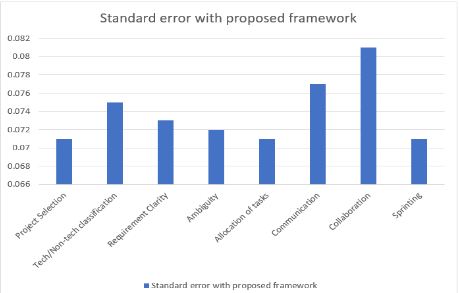
Downloads
Published
How to Cite
Issue
Section
License
Copyright (c) 2025 50sea

This work is licensed under a Creative Commons Attribution 4.0 International License.

